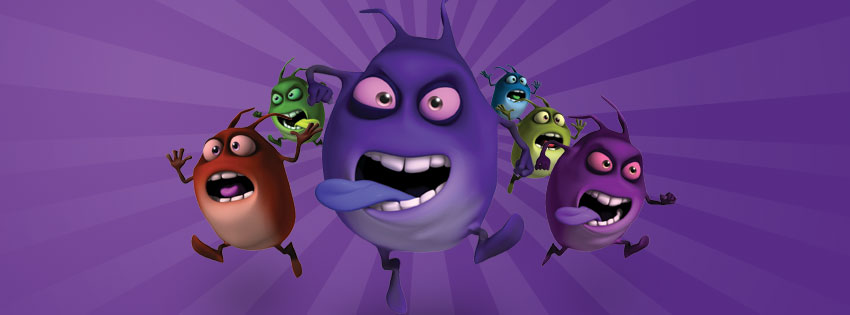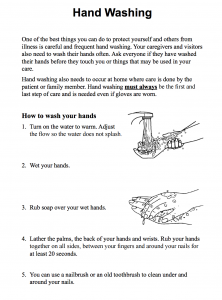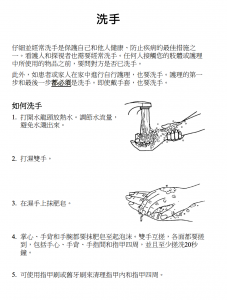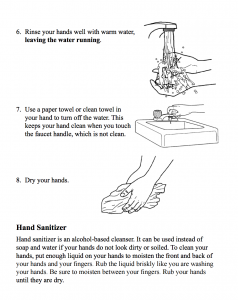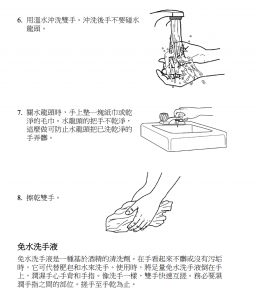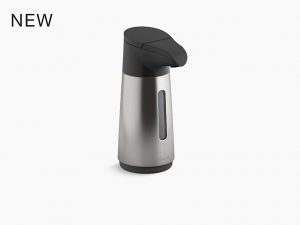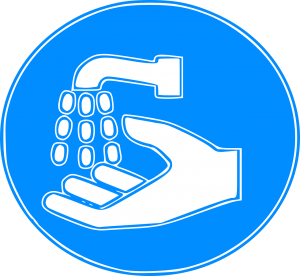When we think of the flu we tend to think of the seasonal flu, the one that arrives in the fall and hangs around through spring, the virus for which we get our annual flu shot.
When we think of a pandemic, we think of a crisis situation, a worldwide outbreak.
Is a pandemic flu even possible? Not only is it possible, it’s happened before. And according to an article by CNN’s Chief Medical Correspondent, Dr. Sanjay Gupta, it will happen again in the next 20 to 30 years.
In 1918 the Spanish Flu caused 20% to 40% of the world’s population to fall ill, and more than 50 million people died. The Asian Flu killed 2 million in 1958-59. The Hong Kong Flu resulted in the death of a million people, 34,000 of which were in the United States, between September, 1968, and March, 1969.
The good news is, we’re better prepared than we have been in the past. The ability to quickly identify viruses, and develop and produce vaccines has seen vast improvement in recent years. The most ideal situation to be prepared for the worst would mean partnerships between governments, collaboration between the private and public sectors, adequate research and funding, as well as the general acceptance and recognition of the likelihood of a flu pandemic in our lifetime. With these in place, it would be fitting to quote epidemiologist Larry Brilliant, who lead the effort to eradicate Small Pox: pandemics can be optional.
Of course, whether you find yourself with flu (seasonal flu is still around in spring months!) or if you’re simply trying to avoid getting sick, remember to wash your hands properly with soap and water to prevent the spread of germs, or use an antibacterial hand rub (sanitizer). Avoiding touching your eyes, nose, and mouth is another way to avoid spreading germs, and when you’re sick, stay home as much as possible.
Sources:
http://www.cnn.com/2017/04/07/health/flu-pandemic-sanjay-gupta/index.html

